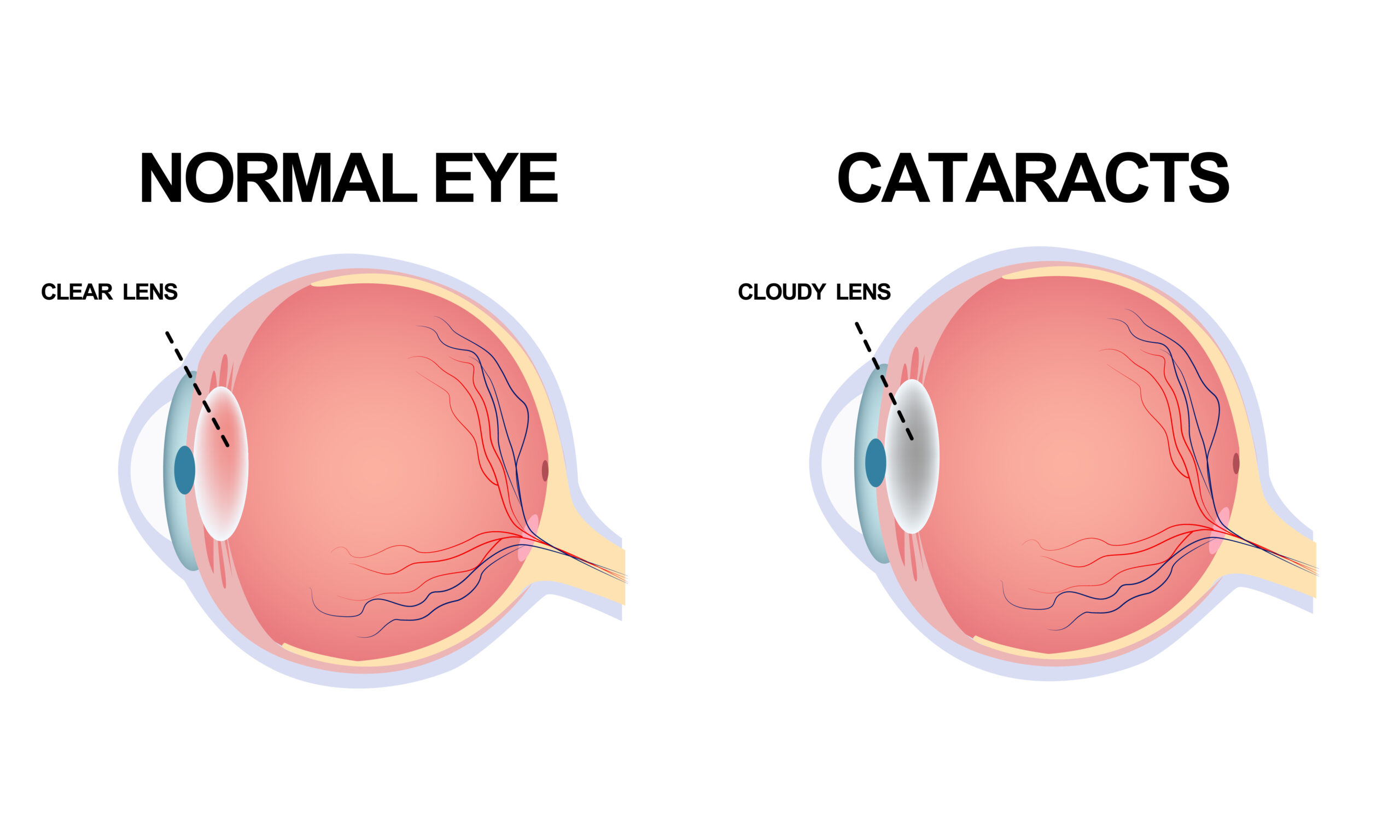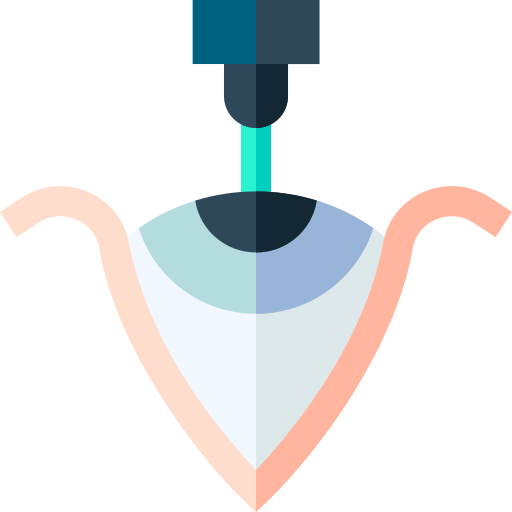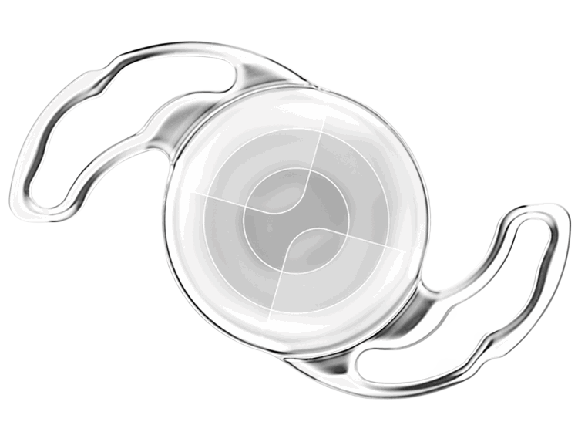Cataract Treatment
How does Cataract Surgery Work?

A cataract is a well-known eye disease that results in clouding of the natural crystalline lens of the eye. This obstructs the visual pathway responsible for vision loss. Typically, motiyabindoo affects older individuals, though it can sometimes affect children. If the illness is left untreated, blindness could develop.
Fortunately, there is a treatment for this blinding eye ailment. When performing daily duties becomes difficult due to fuzzy vision, it’s time to visit an eye doctor and undergo the Motiyabindu operation. It’s also important to understand that delaying cataract surgery increases the patient’s risk of developing glaucoma, high intraocular pressure, and other problems with their eyes, such as optic disc damage.
Your eye expert will decide when cataract surgery is the best course of action. The whole procedure, including the cataract surgery, only takes twenty to thirty minutes. As such, an overnight hospital stay is not necessary.







What Are the Signs of a Cataract?
You might have a cataract if you have blurry vision, increased light sensitivity, night vision problems, or faded colors in your eyes. Now is the ideal moment to schedule an eye exam with your eye expert.
Cutting Edge Technology & Diagnostic Instruments?
State-of-the-art technology, such as high-resolution imaging, optical coherence tomography (OCT), and sophisticated femtosecond lasers, provide state-of-the-art cataract diagnosis and treatment. Precise surgical methods and accurate diagnoses guarantee the best possible results for your vision.
The femto catalyst machine carefully creates corneal incisions by using ultrafast laser pulses. With the use of this cutting-edge technology, the surgeon can create a flap with the least amount of disruption to the surrounding tissue by performing extremely precise and adaptable procedures.
For cataract surgery, the IOL Master 700 system provides accurate measurements and cutting-edge imaging technologies. Its exceptional precision and effectiveness provide the best possible choice and positioning of intraocular lenses, improving visual results and elevating patient pleasure.
Options for Treatment?
With today’s most advanced cataract treatment methods, you could be able to improve both your quality of life and vision.



Our cutting-edge cataract procedure provides a revolutionary experience. You can look forward to a quick and painless operation without any sutures, bandages, hospitalizations, or pain. Put your trust in our skilled staff to carefully and precisely restore your vision. See the world with ease and clarity once more.
What’s the Best Cataract Treatment?
Robotic Femto Cataract Surgery

Robotic Femto Cataract Surgery
With the CATALYS Femto Cataract System, Bombay City Eye & Research Centre is a leader in robotic cataract surgery. IOL Master 700 is what we utilize. This cutting-edge bladeless technique was created expressly to address the difficulties that arise today when doing cataract surgery in order to give patients consistently excellent outcomes and the greatest clinical outcomes.

Questions You Should Know About Cataracts
The most common cause of blindness worldwide is cataracts. The treatment of cataracts is now a fairly painless and easy surgical procedure thanks to the advent of modern, sophisticated phaco devices. Because it doesn’t involve the use of an injection, sutures, or bandages, the person can resume their regular activities the next day.
Yes, it is possible. Both nearsightedness and farsightedness can be treated without the need for glasses thanks to advancements in phaco refractive surgery techniques. In these therapies, toric, multifocal, and EDOF IOLs are implanted in addition to the excision of cataracts.
You can put off surgery as long as cataracts don’t interfere with your day-to-day activities. However, if your cataract causes glare when driving, interferes with your ability to complete chores or hobbies, or distorts your vision, it’s time to consider surgery.
Maintaining a healthy lifestyle and eating a balanced diet can potentially reduce the likelihood of cataracts getting worse. Avoiding drugs that increase your risk of cataract development is another way to halt the growth of cataracts. Included are the long-term usage of particular eyedrops and drugs for skin and other ailments. As a final line of defense, limit prolonged UV radiation exposure without covering your skin. Wear sunglasses to shield your eyes from UV rays even on overcast days.
Anyone, regardless of age, can develop cataracts. However, the risk increases with age, and factors such as genetics, certain medical conditions (e.g., diabetes), injury, and prolonged exposure to sunlight may contribute. Regular eye check-ups are crucial for early detection and effective management.
Reach Out To Us to Know More on the Services by filling out the Form.